Can I Ditch My Spare Tire and Just Carry a Can of Aerosol Tire Repair Kit?
Can you replace your spare tire with a spray can tire repair kit? It's a question more and more people are asking as they weigh the space, weight, and cost savings associated with leaving a traditional spare at home.
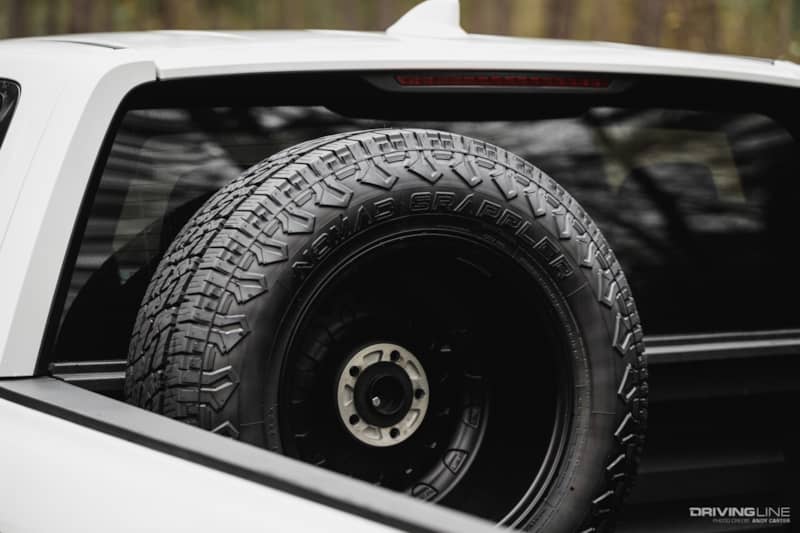
An aerosol tire repair kit can be a good option for repairing a flat in a number of situations, but it's not necessarily as well-rounded a solution as a standard or even a space-saver spare. Here's a look at how aerosol tire repair kits work, what their downsides might be, and whether they'd be the right choice for your particular needs.
How Does Aerosol Tire Repair Work?
Using an aerosol tire repair kit is relatively simple: attach the provided hose to the flat tire and spray in the can of sealant. Some cans are pressurized to the point where they provide enough air to fill a tire with enough air pressure to limp home on, while others include a battery-powered or 12-volt compressor that can finish the job on the spot.
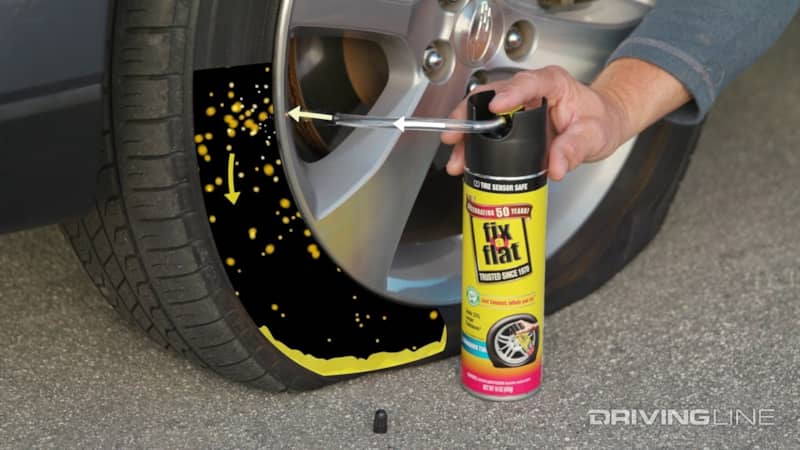
There are also tire sealants that require you to remove the valve stem from the tire itself, and then pour in a liquid. Naturally, this completely deflates a tire, and requires the use of a compressor to pump it back into spec again. Some kits include the compressor, while others rely on your already having one packed in the trunk. The latter are typically value-oriented products that are priced at the low end of the spectrum.
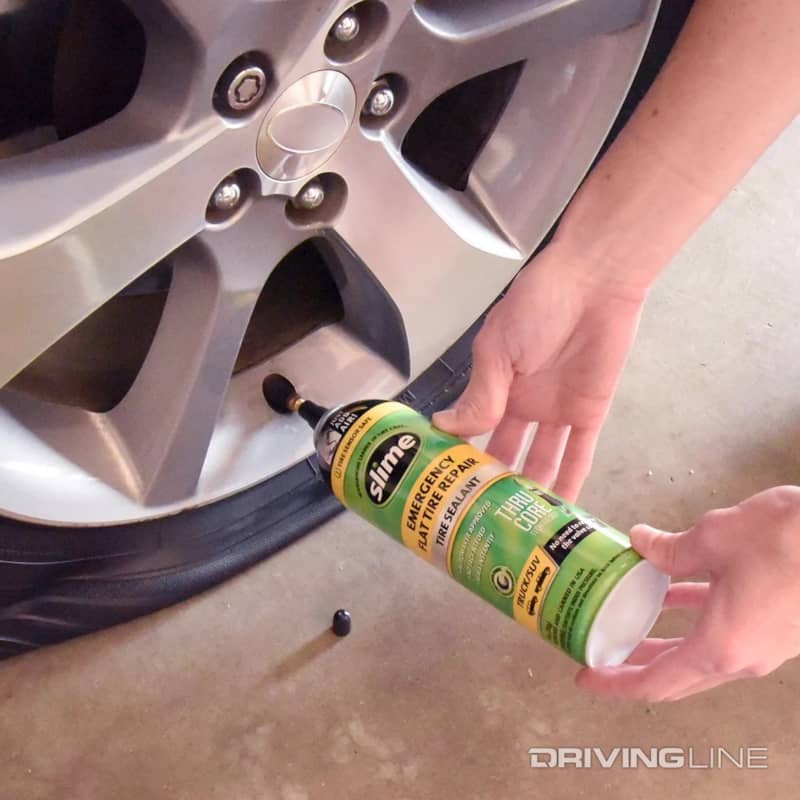
The principle behind these kits is the same. Each relies on the foam or liquid sealant to patch over a tread puncture from the inside, solidifying to form a barrier that keeps the tire safe and pressurized.
Why Choose An Aerosol Tire Repair Kit?
There are three key factors that make tire repair kits appealing. The first is cost, as it's usually much cheaper to purchase a can of goo and a compressor versus mounting and maintaining a spare tire on an extra rim.
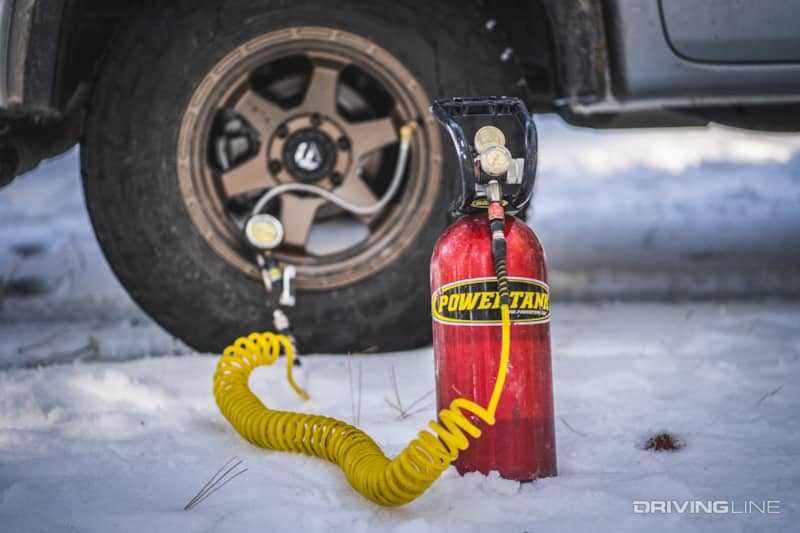
Next, there's the convenience factor. A tire inflation and sealant kit takes up much less space in the trunk or cargo area than a spare tire, and doesn't require an external mounting on the hatch or under the vehicle, freeing up ground clearance and reducing overall weight. It's also easier to use, since you don't have to do any jacking or remove the tire that is being repaired.
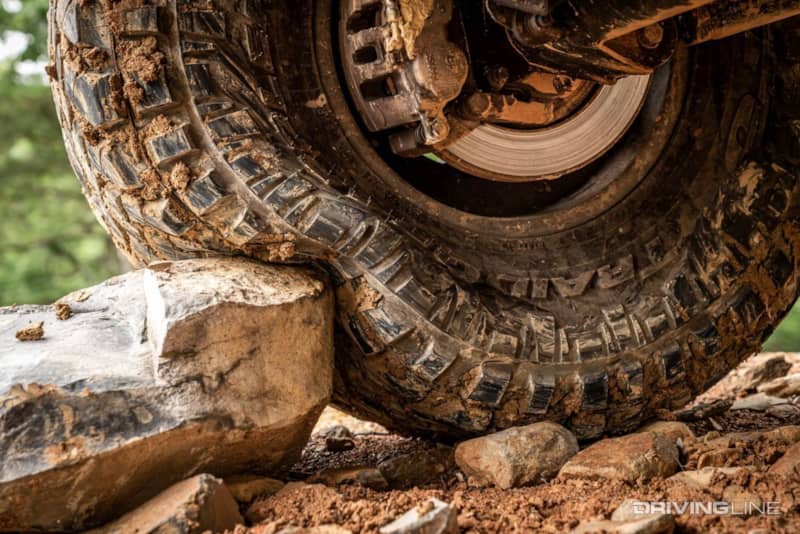
The weight and space savings provided by these kits alone have convinced a longer list of manufacturers to stop outfitting their vehicles with spare tires, whether space-savers or full-size. In a world where fuel economy is at a premium and every line item in the budget counts, just under half of new cars and trucks currently leave the dealership with a can of aerosol tire repair in place of their spare tire (or with run-flat tires installed instead of traditional tires).
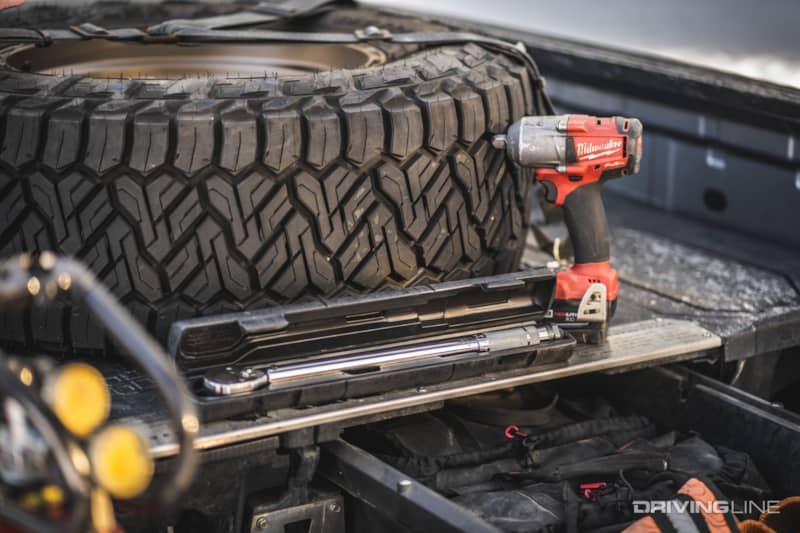
Finally, there's the benefit of being able to get out of a bad situation, quickly. If you're stranded with a screw in your tire on the side of the road, late at night, you might not want to wait several hours for roadside assistance in the form of a tow or a mobile repair. You may even find yourself outside of cell phone coverage and unable to get in touch with emergency services. Beyond questions of personal security, there are also the dangers posed by bad weather that only increase the longer you stay stuck in one spot. A can of aerosol sealant can often get you to the closest garage with minimal downtime.
Downsides To Aerosol Tire Repair Kits
There are limits to what is possible with an aerosol tire repair kit. Any cut in the rubber that is larger than a quarter inch typically can't be plugged using foam or liquid sealant, and multiple holes in the same tire can also pose a challenge to seal. Sidewall punctures are out of the question entirely, as there is simply too much flex in this part of the tire while driving to make a safe repair.
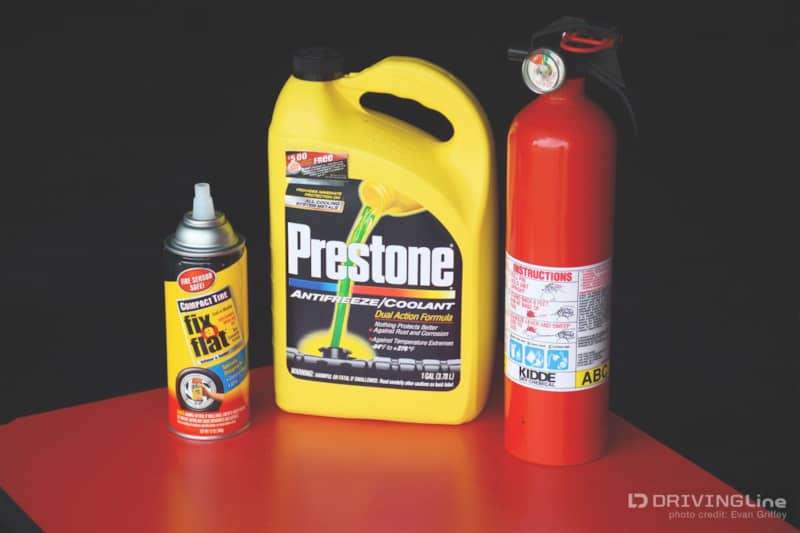
Aerosol sealants are also very, very messy. While most advertise themselves as being safe for a vehicle's tire pressure monitoring sensors (which are mounted inside the wheel), they can still create a sticky, gooey mess that a technician will have to clean up when performing a more permanent repair job to your tire. This can sometimes cost you extra, depending on how good-natured the tire shop manager happens to be.
Tire repair kits need to be replaced on a regular basis, as the chemicals inside the can don't last forever. It's can be problematic to store compressed liquid or foam in a climate where hot weather could raise temperatures to the point where the can ruptures or explodes, creating an icky mess. Similarly, sealant can also freeze solid in your trunk during cold winter months.
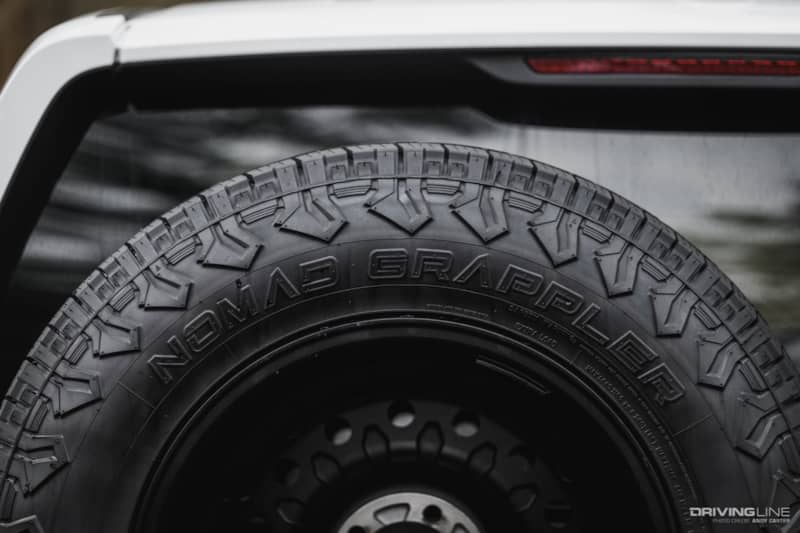
Finally, it's important to remember that, just like a space-saver spare, tire inflation kits aren't meant to be a long-term solution. Most manufacturers impose limits on speed and distance before a new tire can be installed (or the punctured tire be permanently repaired).
Off-Road Is A Different Story
If you have a flat while off-roading, a can of sealant isn't likely to cut it. The additional stress put on a tire when driving over rocks, through mud, and across uneven terrain is likely to over-stress the sealing properties of whatever slime is expected to hold the puncture together. Off-road driving also comes with a greater risk of sidewall tears, which an aerosol kit can't do anything about.
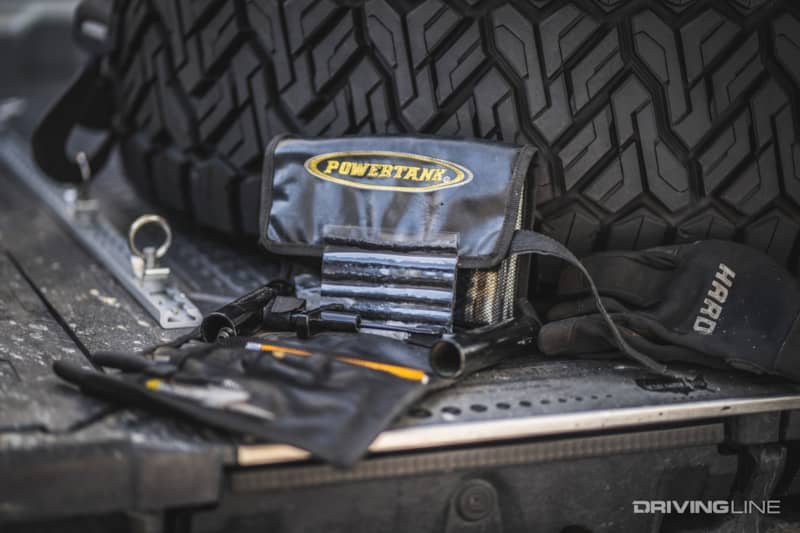
A full-size spare is often the best solution to dealing with a flat tire far from civilization. If you end up with more flats than spares, however, you can tag in a repair kit that uses actual rubber plugs to create a permanent seal. These kits typically include the plugs, pliers, spare valve cores, and other gear needed to perform the same type of fix you would get at a pro tire shop. You'll also need a compressor to re-inflate the tire after the repair is done. These kits often cost only a little more than a can of goo, but they are much more involved in terms of the work that is needed to get the job done.











